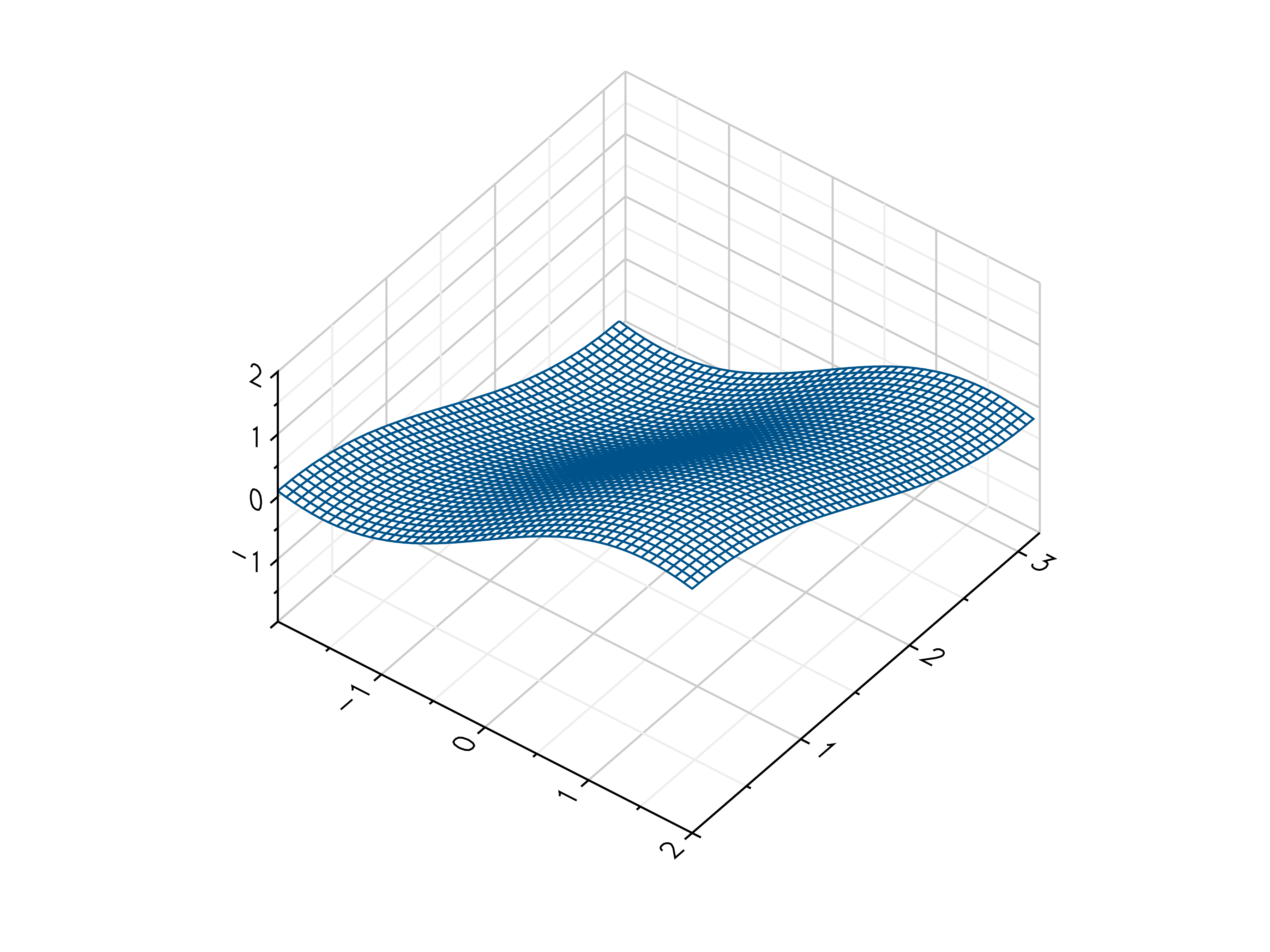A generic library for tracing contour curves on a scalar 2D field.
This is a guide for getting you up and running with Plots.jl. Its main goal is to introduce you to the terminology used in the package, how to use Plots.jl in common use cases, and put you in a position to easily understand the rest of the manual. Contour Plots in Julia How to make a contour plot in julia. Seven examples of contour plots of matrices with subplots, custom color-scales, and smoothing.
The idea with this library is to separate the contouring algorithm(s) from the various visualization tools, so that all tools can benefit from advances made here - as well as in other applications, independently of choice of visualization tool. The current implementation uses the marching squares algorithm to calculate contours.
Usage Examples

The Contour module currently expects input data to be on a Cartesian grid,and supports both uniform and non-uniform grid spacings. For the followingexamples, x and y are 1D sorted arrays that contain the grid coordinates,and z is a matrix arranged such that z[xi,yi] correspond to the location(x[xi], y[yi]).
Let's find the contour line corresponding to z = 4.0:
Slots empire no deposit bonus. This returns a ContourLevel type containing the contour value as wellan array of lines. In the current example, we expect a single line thattraces out a circle with radius 2:
The format of the output data is intented to give as extensive information as possible about the contour line. However, it can admittedly be a little difficult to use this information in an application. For example, if we want to plot a contour level, it is much more practical to have the coordinates of the contour vertices as two lists instead of this complicated structure. No worries, just use coordinates:
Contour.jl makes sure that the coordinates are ordered correctly, and contours that close on themselves are given cyclically, so that e.g. xs[1]xs[end] - in other words, plotting the contour does not require you to add the first point at the end manually to close the curve.
We can also find the contours at multiple levels using contours,which returns an array of ContourLevel types.
- To install Plots.jl, add 'Plots' package using Pkg as shown below: For the first time, Julia itself compiles the Plots package for you. Example – 2D Plot in Julia In this example, we shall draw a 2D plot in Julia. Plots package supports multiple backend libraries that actually.
- These figures are made by Plots.jl Home View on GitHub Jupyter Notebook ver. This site is an unofficial Plots.jl Gallery site. It is inspired by MATLAB Plot Gallery. Figures are ploted by Plots.jl. Tested Environment. Julia 1.5.3; Plots 1.9.1; PyPlot 2.9.0; GR 0.53.0; For all plots, you should import Plots.
- However this gives a plot without any contour curves on it, with a message saying 'Arrays have incorrect length or dimension.' But the contour function seems to accept, as in the link above, arbitrary x, y arrays and a function of x, y, and returns a contour plot. This should not give rise to any dimension problems.


The Contour module currently expects input data to be on a Cartesian grid,and supports both uniform and non-uniform grid spacings. For the followingexamples, x and y are 1D sorted arrays that contain the grid coordinates,and z is a matrix arranged such that z[xi,yi] correspond to the location(x[xi], y[yi]).
Let's find the contour line corresponding to z = 4.0:
Slots empire no deposit bonus. This returns a ContourLevel type containing the contour value as wellan array of lines. In the current example, we expect a single line thattraces out a circle with radius 2:
The format of the output data is intented to give as extensive information as possible about the contour line. However, it can admittedly be a little difficult to use this information in an application. For example, if we want to plot a contour level, it is much more practical to have the coordinates of the contour vertices as two lists instead of this complicated structure. No worries, just use coordinates:
Contour.jl makes sure that the coordinates are ordered correctly, and contours that close on themselves are given cyclically, so that e.g. xs[1]xs[end] - in other words, plotting the contour does not require you to add the first point at the end manually to close the curve.
We can also find the contours at multiple levels using contours,which returns an array of ContourLevel types.
- To install Plots.jl, add 'Plots' package using Pkg as shown below: For the first time, Julia itself compiles the Plots package for you. Example – 2D Plot in Julia In this example, we shall draw a 2D plot in Julia. Plots package supports multiple backend libraries that actually.
- These figures are made by Plots.jl Home View on GitHub Jupyter Notebook ver. This site is an unofficial Plots.jl Gallery site. It is inspired by MATLAB Plot Gallery. Figures are ploted by Plots.jl. Tested Environment. Julia 1.5.3; Plots 1.9.1; PyPlot 2.9.0; GR 0.53.0; For all plots, you should import Plots.
- However this gives a plot without any contour curves on it, with a message saying 'Arrays have incorrect length or dimension.' But the contour function seems to accept, as in the link above, arbitrary x, y arrays and a function of x, y, and returns a contour plot. This should not give rise to any dimension problems.
Julia Plots Legend
Instead of specifying all the levels explicitly, we can alsospecify the number of levels we want.
Plots Julia Contour Images
contours will pick N levels that evenly span the extrema of z.
Matlab Plot Gallery
Credits
The main authors of this package are Darwin Darakananda and Tomas Lycken.
